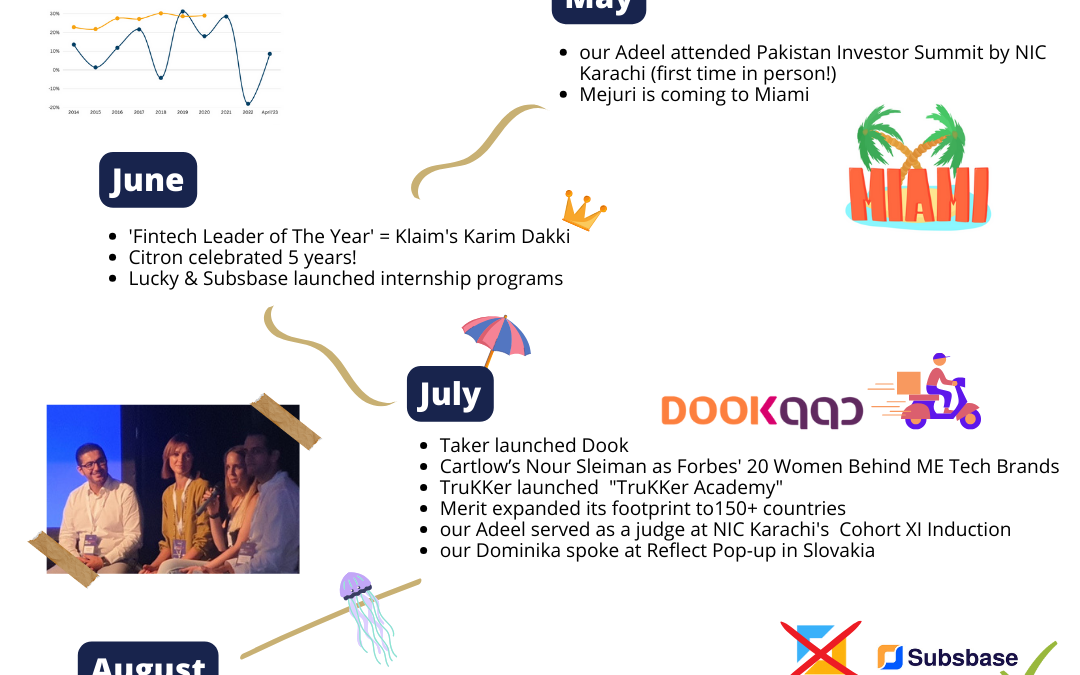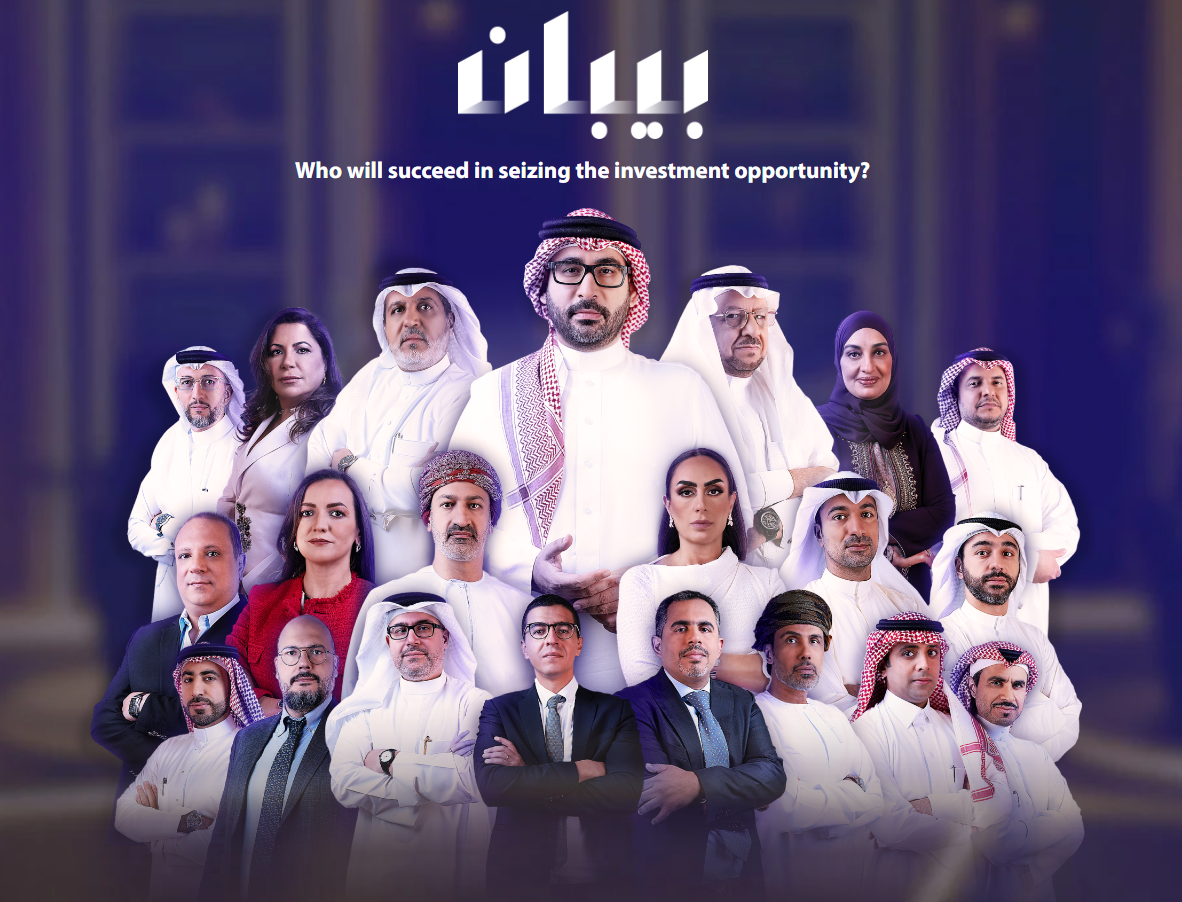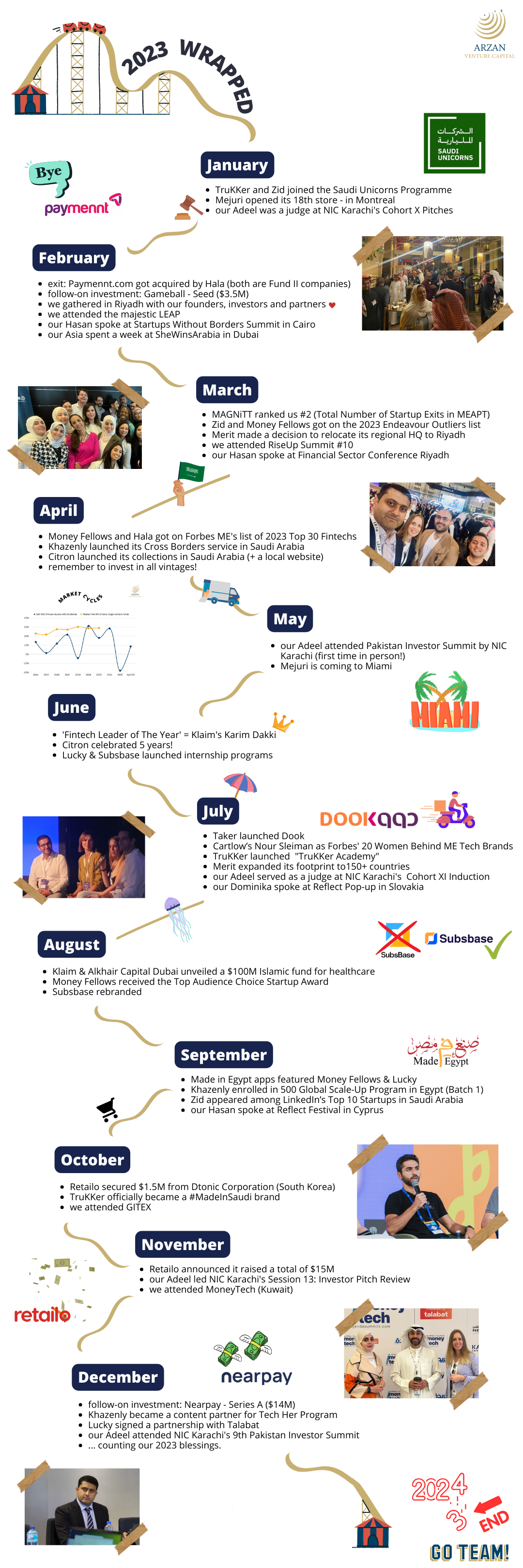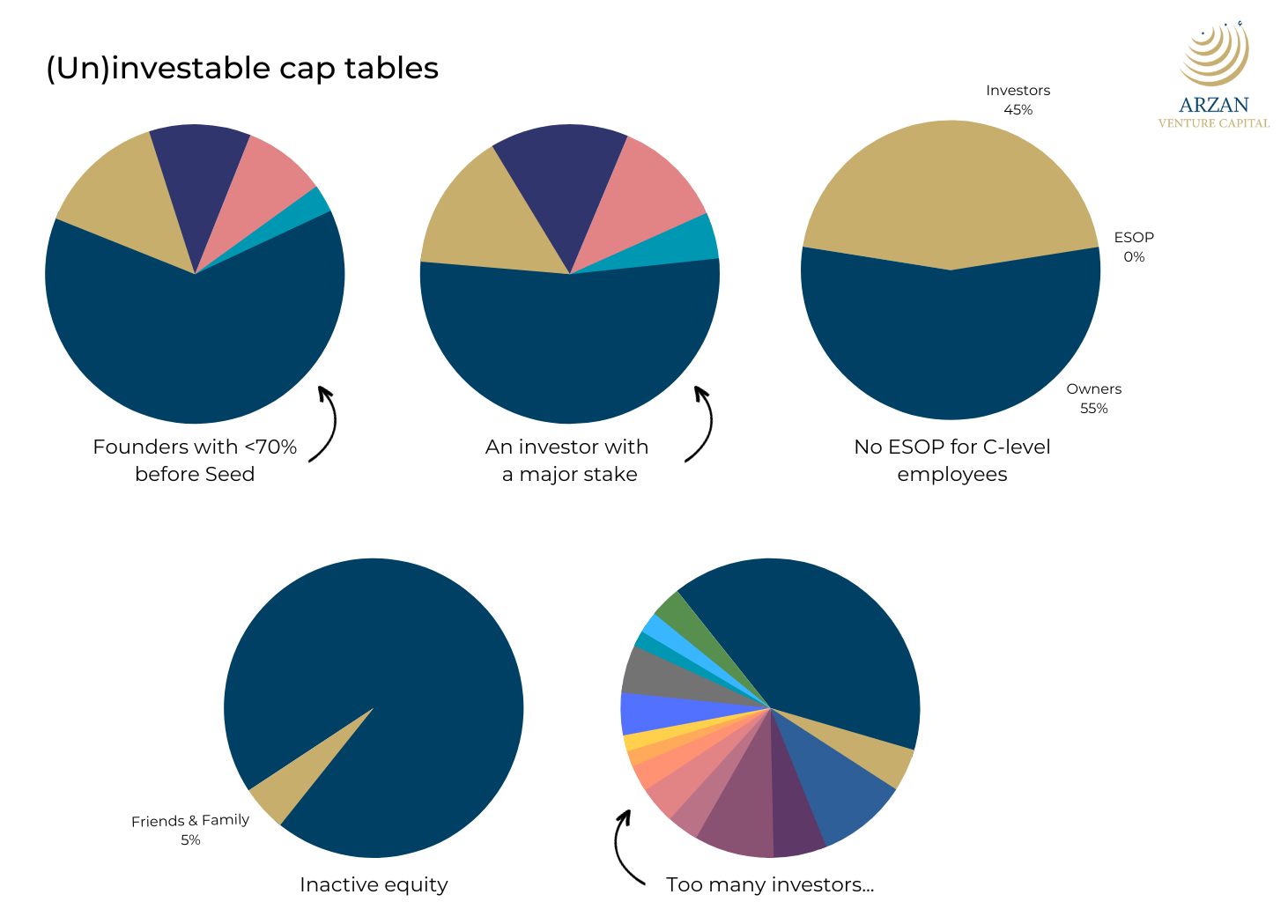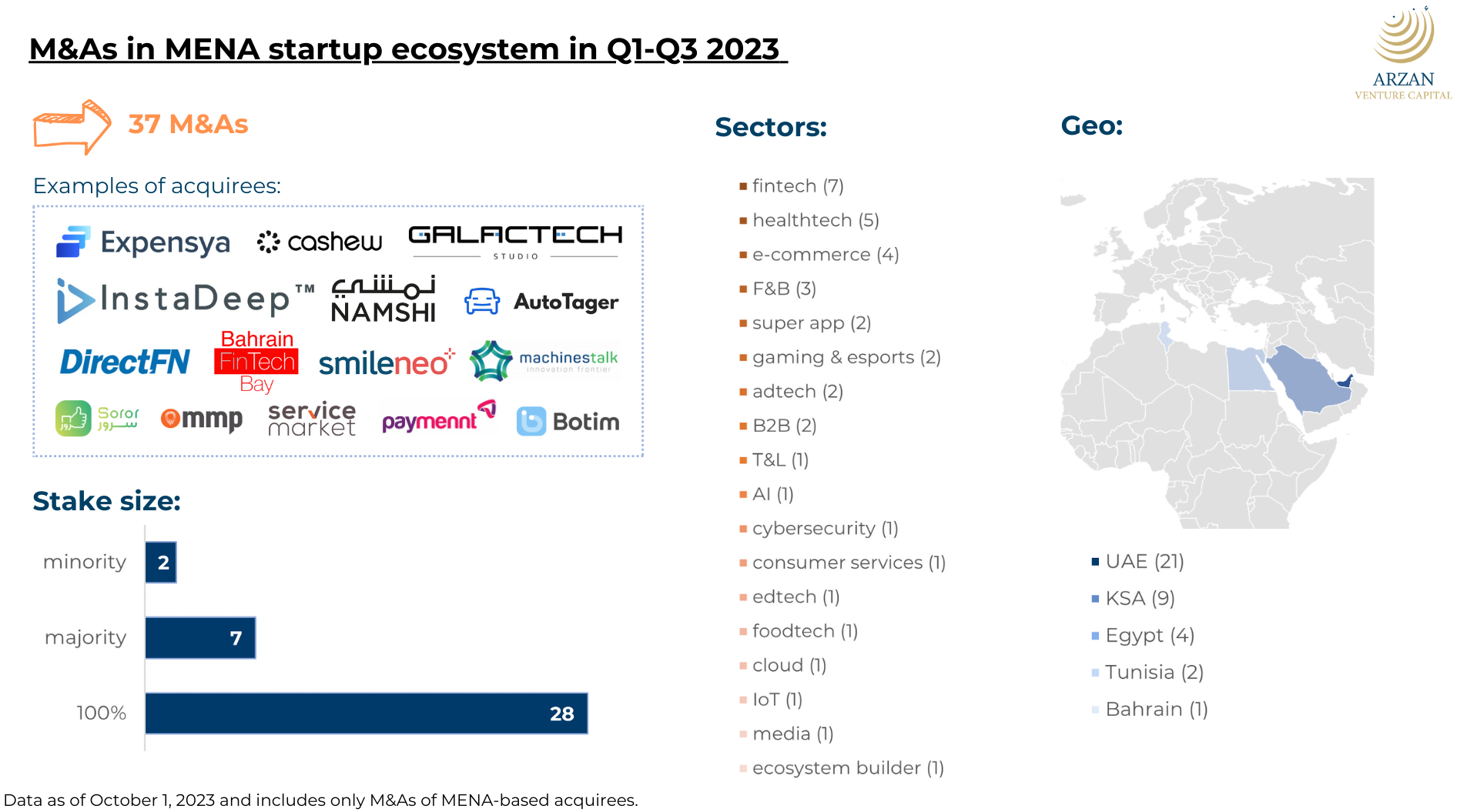
a 4:45AM idea (my latest personal exit)
I’m not sure how many of you know the story of Pentugram, the startup I had co-founded along with Miled Elias. Pentugram got acquired by KSA’s RasMal and we announced the transaction last week at LEAP.
Here’s the story of my latest personal exit.
The story of Pentugram, its 3 key challenges and lessons learned
Last week Saudi-based RasMal announced that it acquired Pentugram, a startup that I had founded in 2018. A 6-word bio: a dealflow and portfolio management tool.
6 years ago I had been continuously searching for tools that would help Arzan VC manage the increasing deal flow and our portfolio companies’ data. We were looking for software that would be reasonably priced and would combine both deal flow and portfolio management. We demoed many tools: Affinity, Zapflow, mydealflow, etc. We went ahead with Pipedrive and Asana, but I was already anticipating that with the amount of data we were receiving daily, those softwares won’t allow us to benefit from our own data… and this problem got me really excited 😉 You can easily imagine the amount of interesting startup pitches that had passed through my hands and ears since 2014. I always imagined what it would be like to be in the shoes of founders and pitching, because it appeared as much more fun than sitting on the comfortable (not so those days) VC seat. And it turned out to be more fun; more exciting yet more challenging, too.
A 4:45AM idea
One early morning I woke up at 4:45AM with an idea that could be developed and used internally at Arzan VC and licensed externally to other ecosystem investors. The idea was to create a platform on which founders could keep all their data/metrics and share it with investors who would also be on that platform. It would allow for all data to be in one place, easily shareable by founders, while in parallel allowing investors to accumulate all their notes, emails, tasks and news related to specific startups. All that in one place. I could not sleep anymore and right from the morning I began brainstorming the idea with my team at Arzan VC. By coincidence, on that very same day, I was meant to meet the CEO of the Kuwaiti National Fund for SMEs and I thought: It’s a perfect opportunity to pitch the platform to them and get their initial feedback. Obviously, the platform was non-existent and I had one hour to come up with a name. Pentugram. I liked how it sounded although its meaning had no relevance to the platform. I was sure that, with time, the platform would create its own brand value.
After some extensive research, I presented the idea to Arzan Financial Group (AFG) who liked my thesis and decided to support Pentugram with an investment. I hired the head of engineering Abdulhaleem Lagrid and we began to stage the project and set the development milestones. We started by recruiting a designer and back-end and front-end developers, all from Tunis. I was so excited that I had gotten this opportunity to build a tech startup although I was pretty busy managing Arzan VC.
Challenge no.1
The MVP was ready after 9 months of hard work. It was far from what was acceptable, but the team’s excitement kept me going. Being a venture capitalist, I used my connections to get other regional VCs to consider using Pentugram. Let me tell you, the talks with fellow VCs turned out to be not what I’d expect. None of them was comfortable with the idea that another VC would host their data (although important data is encrypted).

So, I immediately started to think about an alternative way to sell this product without being questioned about data confidentiality or even ownership. I decided to spin off the project as a standalone company, hire a COO and remove Arzan VC from the cap table. I was lucky enough to meet Miled Elias at one of ArabNet’s events and I knew he would be a great person to manage the sales and operations of the business.
Challenge no.2
Miled, Abdulhaleem and I worked closely with the team to develop the platform and bring it up to a standard that VCs would find acceptable. The team at Arzan VC played a key role in the process by providing continuous feedback, which helped us not only to improve the platform but also to make it as slick as it is today. Once ready, Miled began pitching the platform to VCs from the region and this was when we stumbled upon our second major challenge. Although the VCs liked our platform, they were worried that a regional platform like Pentugram might not exist in the short term since we had not raised any significant funding rounds and we might have a rather short runway. In addition, back in 2018, a SaaS from MENA was not as appreciated as it is today. Any international tool would be preferred.
Challenge no.3
To solve the challenges, we raised a second round from AFG to ensure a long runway and we also hired a digital marketing expert. Our aim was to onboard more VCs who could help us improve the platform further and give us feedback. This proved to work and Pentugram expanded from 1 client (Arzan VC) to 9 clients. We began receiving precious feedback. Miled was superb in providing a customized customer experience and clients loved his passion and willingness to help. However, we got face to face with our third challenge (which was, at the same time, a benefit for this business model). These CRM tools can be very sticky! If a potential client was already using different software, it would be very difficult to make them shift to Pentugram. Hence, we focused on pitching Pentugram to newly established regional VCs.
As Miled continued to sell, we all realized the difficulties he was facing in convincing VC partners to sign up and pay. We had a feeling that partners thought of Pentugram as a “nice to have” tool, but not a “must have”. Looking back, I don’t think we were able to clearly demonstrate the long-term value of Pentugram to potential clients and hence onboarding clients turned out to be a struggle. As I expressed earlier, the vision of Pentugram was to enable VCs to use their data and improve their decision-making. That was not clear to our clients. Moreover, it became clear that if we continued our focus on VC firms, our market size would be too small. Hence, we decided to use our core platform to build new products that would cater to other fund managers in different asset classes such as private equity, wealth management, real estate, etc. Although we had very little funding left, we were able to create a reporting platform for retail investors who are invested with Arzan Wealth (a firm focused on investing in yielding assets): they would log in and easily view the news about their investments and details about their income distributions.
A future with RasMal
I believe there are different ways in which Pentugram can be attractive as a software tool for asset managers, but we could not have developed that with the limited resources we had. For Pentugram to be successful and truly take off, it would require selling the product in much larger markets in order to receive consistent customer feedback. We realized that the traction would be much better if we integrated with existing deal flow management tools and focused on developing a technology that demonstrates AI. This is when RasMal came into the picture.
We passed the torch to team RasMal last week (along with Miled, who is now fully at RasMal) and I am convinced that RasMal’s acquisition will allow for the continuous development of Pentugram. RasMal will introduce Pentugram to a broader range of asset managers beyond just venture capitalists, ultimately leading to improved returns for all users.
Thank you, Miled, Abdulhaleem and team Pentugram, for the journey.
|
TL;DR (too long; didn’t read)
6 years ago I had been continuously searching for tools that would help Arzan VC manage the increasing deal flow and our portfolio companies’ data. In 2018 I got an idea to create a platform on which founders could keep all their data/metrics and share it with investors who would also be on that platform. Last week we announced that Pentugram got acquired by RasMal. Thank you, Miled, Abdulhaleem and team Pentugram for the ride.
|
Hala, Zid and Lean Technologies on one stage
Delivering in 7 cities in Saudi
Luxury’s resilient price points
Feeding collection in 3,2,1…
- Bookkeeping Manager at Qoyod (Riyadh)
- Search Engine Optimization (SEO) Specialist at Money Fellows (Cairo)
- Business Development Manager at Subsbase (Cairo)
- Sales Executive at TruKKer (Amman)
- Sales Executive – SaaS specialist at Repzo
- Content Marketer at Gameball (remote)

Wishing you a peaceful Ramadan,
Hasan
![]()
![]()
![]()
![]()
![]()
![]() Received this from a kind friend? You can subscribe to our newsletter, too.
Received this from a kind friend? You can subscribe to our newsletter, too.
Copyright © 2024 ArzanVC, All rights reserved.
Want to change how you receive these emails?
You can update your preferences or unsubscribe from this list





